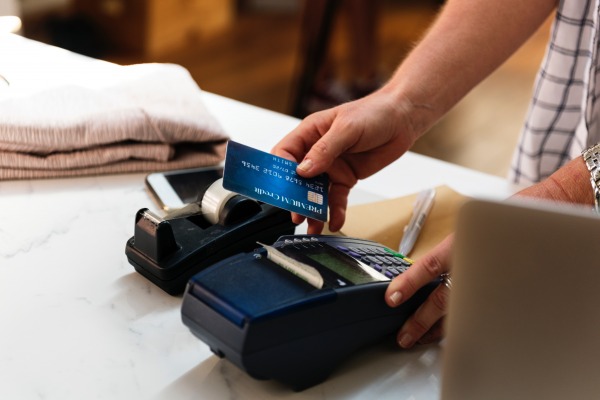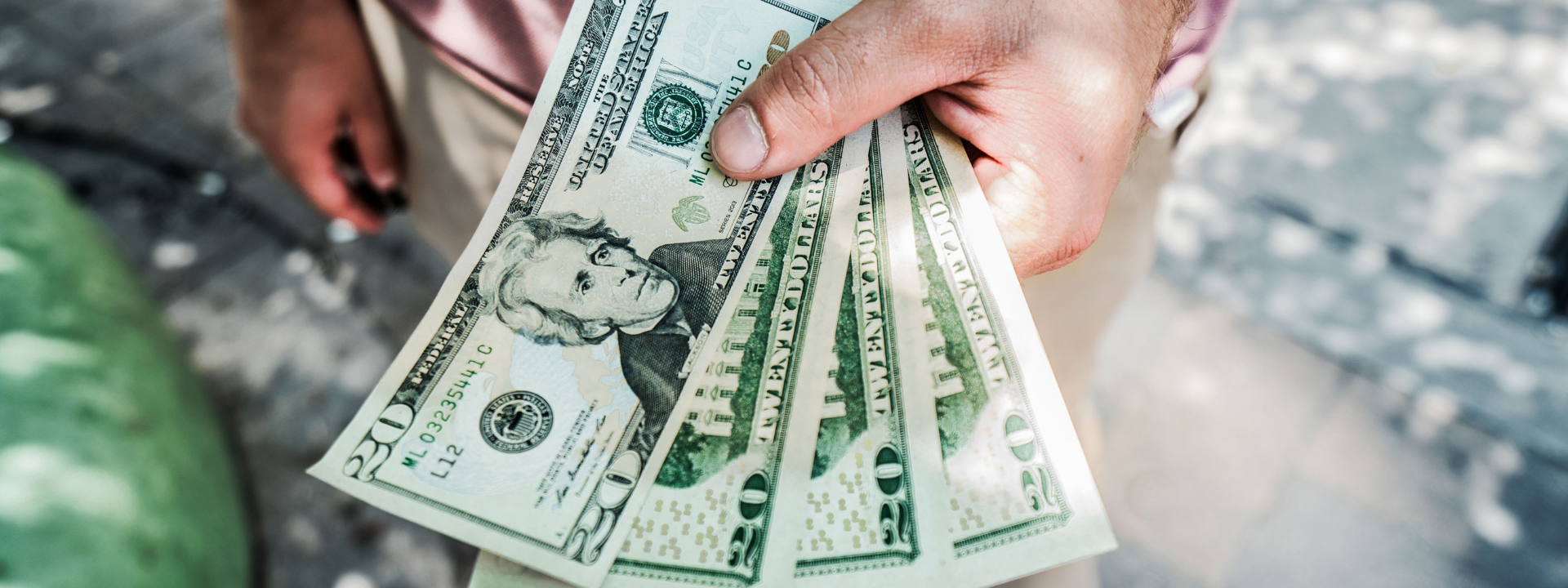
Easily one of the most overlooked aspects of travelling overseas is how you will pay for things.
When travelling in another country, you most likely won’t be able to use USD cash, and you also may not even be able to use your credit or debit card. And keep in mind, there are many other reasons you may need to make a payment across borders beyond paying for things while you travel. You may need to urgently send money to a friend or family member traveling overseas in an emergency, you may need to pay a client or employee who works overseas, and so on.
For these reasons, it’s a good idea to know about the different international payment methods that are out there and the pros and cons of each.
Here are the top five payment options you can use while travelling internationally, presented in alphabetical order:

1. Bank Wire Transfers
The first option is simply to use your bank to complete an international wire transfer.
Take note that the bank wire transfer method can be used either for paying an individual person or an organisation who’s overseas rather than yourself, or for wiring yourself money to pick it up at your destination (and it’s always a wise idea to have at least some cash on hand in the currency of the country you’re traveling to).
The best thing that bank wire transfers have going for them is that they are secure.
But on the flip side of things, bank wire transfers are also much more expensive in contrast to other options. For one thing, you’ll have to pay a large flat fee that can be anywhere from $30 up to $80 on average (around $50 is the most common), so if you’re sending a smaller amount of money (such as $300 or so), it’s a rather expensive transfer to complete.
Furthermore, bank wire transfers are usually slow, and can take up to five business days to complete. If you’re looking for a cheap and speedy option, it’s not the most efficient choice.
2. Credit Card
Many people travel overseas for the first time believing that they can just pay for everything with their credit card.
But the truth is that you can only pay for things overseas with a credit card so long as your credit card allows foreign transactions.
And even if it does allow foreign transactions, you may have to pay a small fee of 1-5% on each foreign transaction. That may not sound like much, but it adds up very quickly.
Your best bet will be to go with a credit card that allows foreign transactions and that doesn’t charge a fee for those transactions.
There’s no denying that using a credit card for overseas payments is certainly convenient. It’s relatively hassle free, keeping track of your spending is easy (just look it up online), and you’ll also get to rack up more rewards point as well that you can redeem at a later date.

3. Prepaid Debit Card
An alternative to a credit card would be to use a prepaid debit card. How it works is you’ll simply load a certain amount of money onto a debit card, and then you can use that money on the card to either make cash withdrawals or to pay for things overseas.
Prepaid debit cards certainly work (so long as your specific card allows foreign transactions), but they can also be expensive. You’ll usually have to pay a $20 activation fee to use the card, and there’s usually a small charge of 1-3% for each transaction as well.
In addition, with a prepaid debit card you’ll also have to pay a monthly fee too, which depending on the card should be anywhere from $4 to $10 a month. Failing to make a transaction on your card in six months can also result in small charges being made as well.
Overall, prepaid debit cards are definitely an option for making payment overseas, but you’ll just want to make sure you’re prepared to pay the fees.
4. Remittance Services
One of the most popular options for paying for things overseas is to use a remittance (or money transfer) service.
How a remittance service works is you can convert any amount of USD currency into a foreign currency of your choice. You can then send that money to a designated recipient, or to yourself.
The days of needing to walk into a physical establishment to remit money are also over. Today, you can easily create an account with a remittance service either online or on an app and have a transfer complete within a matter of minutes. Though honestly, since it’s a fact that over 95% of Americans today are shopping online, this is hardly surprising.
There are two fees you’ll typically need to pay when using a remittance service. The first is a fee to complete a transaction, which should be anywhere from 1-5% of transaction total, depending on the specific service you’re using.
The other fee you’ll need to pay is a margin of the exchange rate, which again should be between 1-5% (with 3% or under being the most common). Since the exchange rate is always fluctuating on a nearly constant basis, the specific amount you’ll need to pay can vary.
To ensure you get the best deal, the wisest path to take will be to get a quote from a remittance service with a guaranteed exchange rate.

5. Traveller’s Cheque
The final international payment option that we will talk about today is to use a traveller’s cheque.
Traveller’s cheques essentially give you the security of replaceable funds that you can use as cash. The advantage here is that you can carry traveller’s cheques with you, but if you lose them or if they get stolen, you won’t lose actually lose any cash.
That you’ll need to do is purchase a traveller’s cheque from your bank, using USD. When the time comes to pay for something overseas (hotel room, public transportation, food, etc.) you can then convert your traveller’s cheque into cash.
To do that, you’ll need to take your traveller’s cheques either to a bank, currency exchange, or a foreign office where you cash them in. You’ll then need to countersign the cheque, hand it to the exchange cashier, and wait for the bank to compare your signatures to verify you. You’ll also need to provide photo ID to complete the process as well.
Conclusion
As you can tell from each of these payment methods, none of them are perfect. They each have their own pros and cons, but each of them will work when you are travelling in another country and need to pay for things.
Overall, your best bet will probably be to use more than one option. For example, you may want to use either a credit card or prepaid debit card for most purchases, but you’ll also want to have cash on hand, which as we have seen you can get through a bank wire transfer, a remittance service, or with a traveler’s cheque.
In the end, it’s up to you. What’s important is that you choose which specific method(s) you will use on your trip, and then make sure you have everything squared away before you leave.














